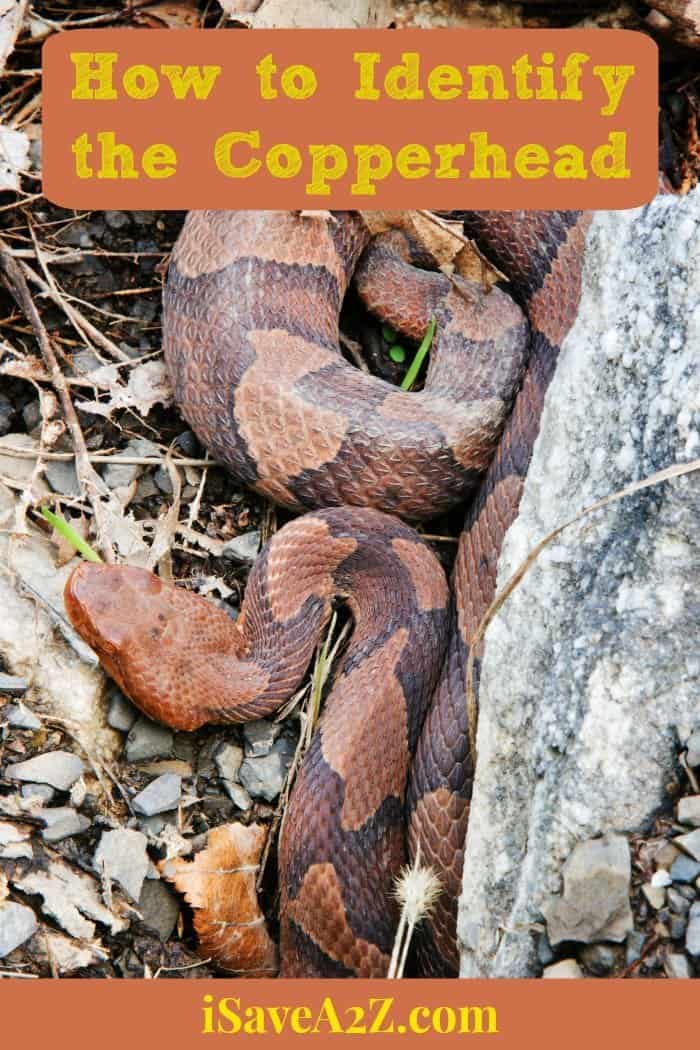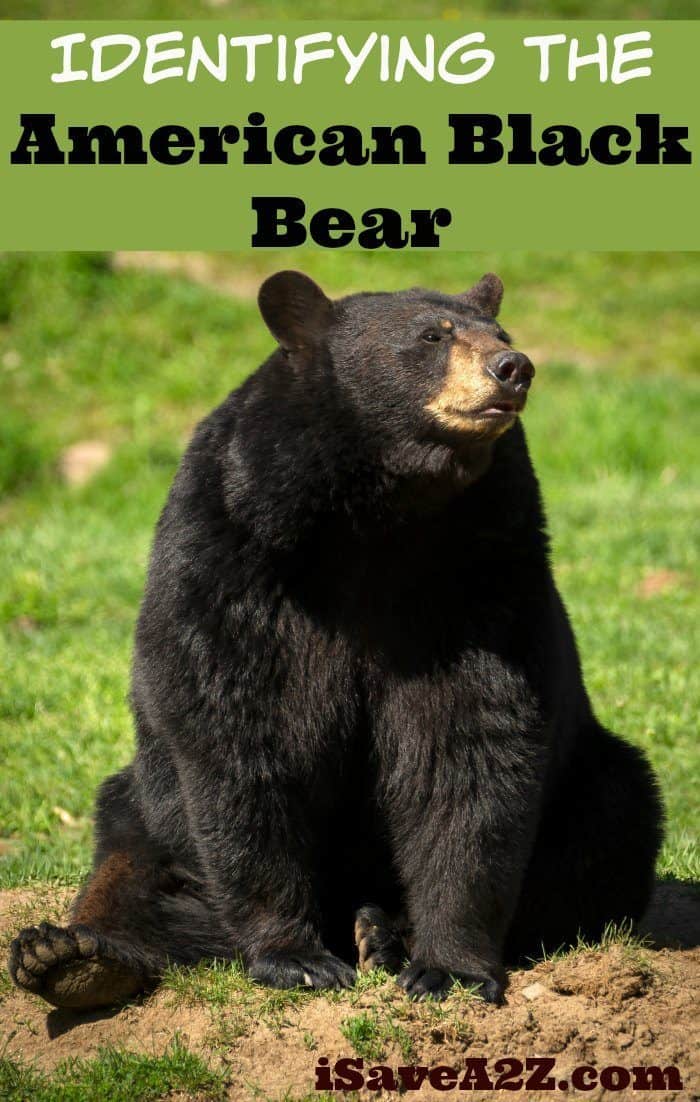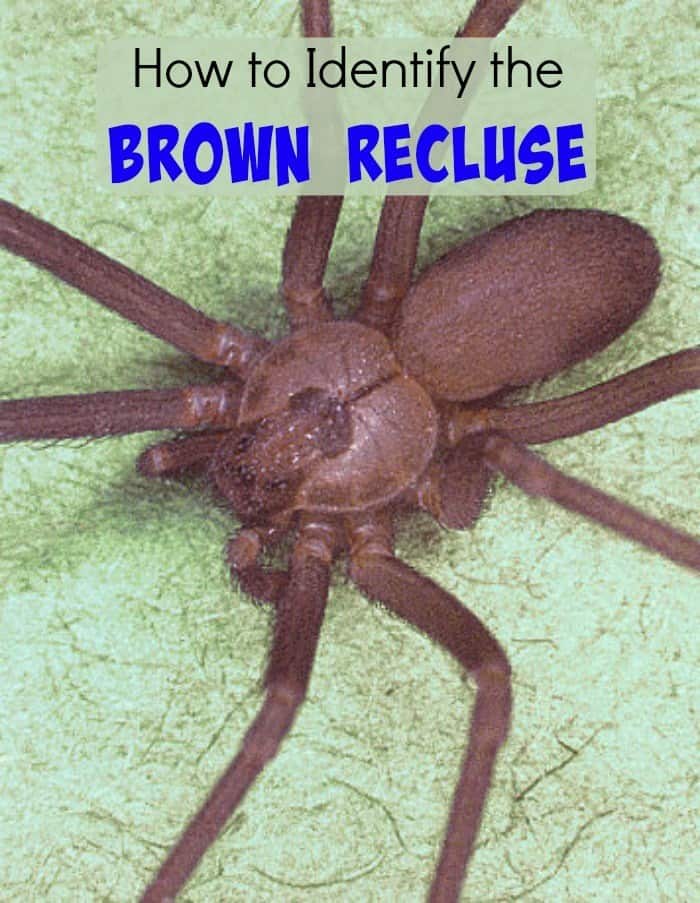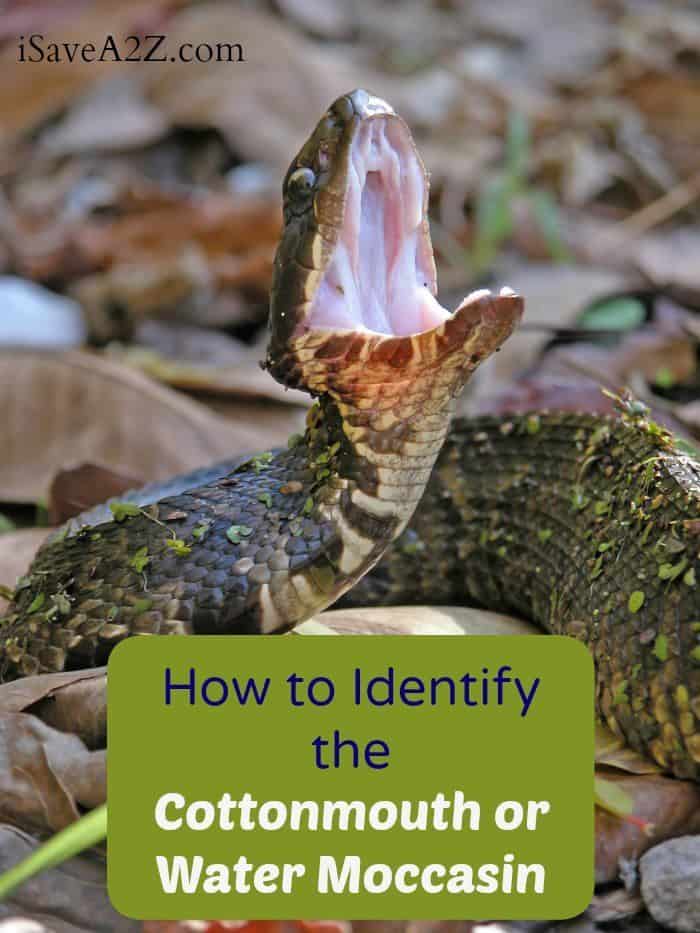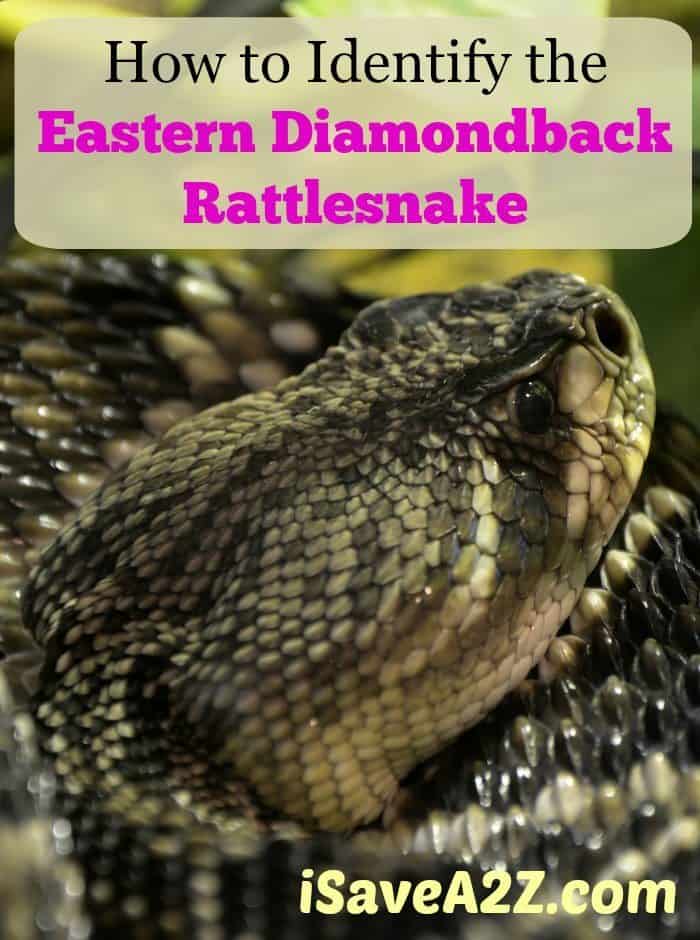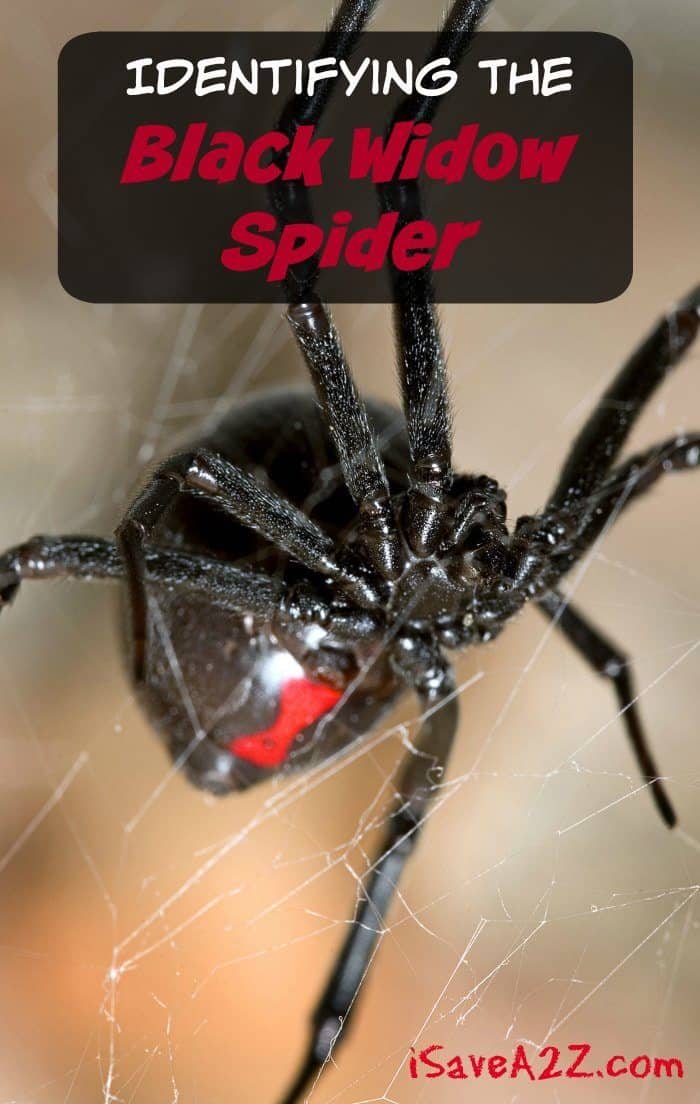How to Identify the Copperhead – Country Living Tips
How to Identify the Copperhead – Country Living Tips
Of all the venomous snakes in North America, the copperhead is the most commonly encountered. Predictably, the copperhead is also responsible for the majority of venomous snake bites in our country. The reason is simple…copperheads share a great deal of their habitat with an encroaching society. We are leaving them less and less area to survive, so we bump into them often. Found in the majority of the eastern and south central portions of the United States, copperheads are masters of blending in. They blend into the leaf litter or surroundings and wait for a prey item to happen by like a mouse or small mammal. If a human happens by too close, they may get a bite.
Because of these factors, identifying and learning about the copperhead snake is a good idea if you live in the range where they are located. This snake is a fairly stout one that grows to 3-4 feet with the males being the larger of the two genders. Armed with a diamond shaped head that leaves a clear difference at the neck, the copperhead is loaded with two fangs that extend when the snake bites and punctures the skin. This allows the venom to flow freely into an open wound. Very hesitant to waste their venom, many of the copperhead snakes bites on humans are dry. That is, they do not release venom. Still, any bite should be considered a medical emergency.
The copperhead has a flat ground color that can range from light pink to tan and then a series of bands that line up down the snake’s length. This bands can be brown, black or lighter colored, but are always darker than the ground coloration. The colors vary wildly from region to region and the snake seems to adapt to the surroundings in color. The outer portions of the crossbands are generally darker than the inner portions.
Walk carefully and always keep an eye out for a snake blending carefully into the ground cover. The copperhead is rather adept at staying hidden and stepping on one is relatively easy. This is another great reason for wearing boots when you head out into the forest or hiking.
If you’re looking for some more survival tips, check out this ultimate survival guide! Keep yourself save too, and get ready an emergency plan for your family!

